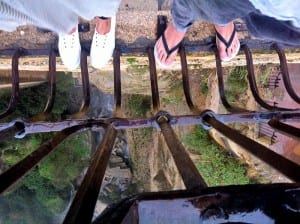 ADRENALIN surges through my veins as I edge my feet over the ledge in pursuit of the most original shot of Ronda’s iconic gorge.
ADRENALIN surges through my veins as I edge my feet over the ledge in pursuit of the most original shot of Ronda’s iconic gorge.
One of Spain’s most photographed sites, wrought iron railings are the only barrier between me and the tajo almost 400 feet below.
It is 15 years since my last visit, and while I may be a foot taller and, hopefully, a little wiser, my vertigo certainly hasn’t improved since then.
Looking down, alongside hundreds of other tourists, it is what celebrity chef Jean Christophe Novelli once described as the ‘cono moment’… the second you see that amazing chasm and the sheer beauty of the backdrop towards distant soaring mountains.
I was just nine when my father decided to tour Spain on his faithful BMW motorbike, while the rest of the family trailed alongside him in a clapped-out burgundy hatchback (without air-con in high summer!)
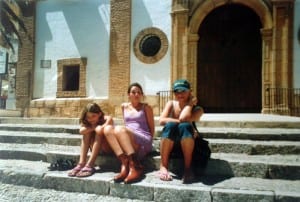 An incredible three week journey across the whole of Spain, of all the countless towns we visited, Ronda is the one that most etched in my memory.
An incredible three week journey across the whole of Spain, of all the countless towns we visited, Ronda is the one that most etched in my memory.
Today, although memories of museum visits and plates of paella elude me, the famous Tajo’s plunging depths incite an overwhelming sense of déjà vu.
I recall my mother’s horror as I threw my head over the wall to gaze down until I got a blood rush, coming back up red-faced and giddy for air.
Fast-forward to 2015 and I’m back to capture the ramshackle white houses, church spires and historic walls and towers.
Ronda is basking in the glory of its latest accolade: travel site Trivago classed it in the world’s top 100 destinations (at number 82 and one of just four Spanish cities).
Andalucia’s third most visited place, in 2014, 300,000 overnight visitors registered at the tourist office, while there are millions of day trippers every year.
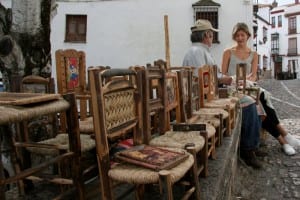 Targeted by history lovers, nature lovers and lovers in general, there is a romantic, fairy tale element to ‘the city of dreams’ that even cast writer Ernest Hemingway and actor Orson Welles under its spell.
Targeted by history lovers, nature lovers and lovers in general, there is a romantic, fairy tale element to ‘the city of dreams’ that even cast writer Ernest Hemingway and actor Orson Welles under its spell.
And while the most memorable chapter of Hemingway’s For Whom the Bell Tolls recalls the horror of Franco’s victims being hurled over the ravine to their death – related to actual events in Ronda during the Spanish Civil War – much of Hemingway’s work is a love letter to the town.
The American literary giant lived here for some time and famously wrote in his 1932 novel, Death in the Afternoon : “It is where you should go if you ever go to Spain on a honeymoon or if you ever bolt with anyone.
“The entire town and as far as you can see in any direction is romantic background.”
BBC TV presenter Nick Knowles and his wife Jessica, who live in Sotogrande, spent a romantic weekend here in June.
“It really feels like you’re on top of the world and the views are amazing,” Jessica told me.
They join a long list of celebrities who have holidayed here – Prime Minister David Cameron, US first lady Michelle Obama and a whole library of literary figures including James Joyce and German poet Rainer Maria Rilke.
 Bill Gates came on a secret visit last year, while Madonna infamously shot her music video, Take a Bow, in Ronda bullring on a windy, wet November day in 1994.
Bill Gates came on a secret visit last year, while Madonna infamously shot her music video, Take a Bow, in Ronda bullring on a windy, wet November day in 1994.
Perhaps Ronda’s allure is down to the pride the locals have for their town, which bubbles over into the universally warm welcome.
Restaurateurs beckon in diners and drinkers with joie de vivre, a spirit I catch from meeting Spain’s (officially) best pizza chef, Flavio, of Italian restaurant La Vitta e Bella.
From Calle Nuevo’s good-value eateries to those off the beaten tourist circuit (Casa Mateos’ chorizo in Jerez wine is amazing), creative cuisine is waiting to be discovered around every romantic corner.
At the tourist information centre, Isabel Melgar and Eva Roman will help you find the best restaurants, not to mention just about everything else.
They tap into 30 years of experience between them to present me with a fan of brochures and map out a tailor-made walking tour, finished off with live Flamenco.
Wending my way over Puente Nuevo (200 years old and anything but new) and taking a sharp right and I discover el Morabito just as the heavens open.
This stately family home-cum-restaurant provides a roaring log fire welcome and a parapet viewing point over the gorge severing the old Moorish citadel from the ‘new’ town, built by the Romans and remodelled by the Christians in 1485.
Charming Juan serves us goblets of Rioja and the best lemon meringue pie I have ever tasted as we shelter from the elements.
“It may be quiet and not very exciting for young people here but I have spent time in Australia and Ronda is still the place that I want to be,” he explains.
If cosying up by the fireside isn’t your style, there are some 30 museums, galleries and churches to explore – 15th century Santa Maria church was my favourite – but no one goes home without doing a circuit of the bullring.
Spain’s oldest (230 this year), it is a stunning classical building well worth a visit, with some fabulous Goya etchings in a side building.
Outside there is a statue of local lad Pedro Romero (born 1754) who is dubbed the ‘father of the corrida’ for introducing bullfighting on foot and the matador’s balletic style.
He killed over 5,000 bulls and passed his skills down the line, with the Romero family providing Spain with over three generations of bullfighters.
September’s annual Goyesca bullfight in 18th century costume pays tribute to Romero and Goya’s matador paintings and is famous the world over. In 2009, Armani designed one of the matador’s outfits.
If you prefer your nature less ‘red in tooth and claw’, Ronda is encircled by three natural parks – the Sierra de las Nieves, Sierra de Grazalema and the Alcornocales, so a hike, a horse ride or a 4×4 romp are an excellent option.
The A-397 from San Pedro snakes through rugged ‘cowboy country’ to the vertiginous mountain town which pierces the clouds at 750 metres above sea level – giddy limits that have been an inspiration to so many.
Sipping coffee in the main Plaza del Socorro, it’s not difficult to imagine Hemingway scribbling in the shadows of a backstreet café.
His legacy remains in a street running round the back of the Parador Hotel – the Paseo de Hemingway. He will be further immortalised with a bullring statue, alongside one of Orson Welles whose ashes are scattered on the nearby farm of his bullfighting buddy, Antonio Ordoñez.
Since Hemingway celebrated his own final birthday in Ronda in 1960, the town has seen massive growth. Its wine industry is a case in point.
From just two bodegas 15 years ago, there are now 23 and one of Spain’s 18 wine routes takes in Ronda.
Hemingway, who frequently overindulged in the local grape himself, would have approved. ‘Wine is a grand thing. It makes you forget all the bad’, he wrote in A Farewell to Arms.
But even Hemingway needed no vino-tinted spectacles to see the romance of Ronda.
Pizza pizzazz
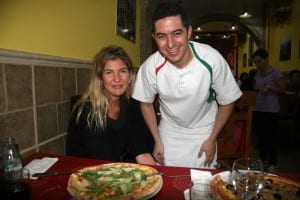
HE is officially Spain’s best pizza chef, as judged by the World Pizza Championships held last year in Parma.
And although his mother was Spanish, Flavio Lo Tartaro is most certainly Italian and jokes that his kitchen skills are thanks to ‘something that runs in the blood of Italians’.
Originally from Salerno on the Amalfi coast, Flavio, his wife Monica and sister give a warm, Italian welcome in Calle Nuevo’s restaurant La Vita e Bella, which he opened ten years ago.
The ‘pizza de la casa’ – a masterpiece in ham, fresh tomato, mozzarella, rocket and parmesan with a squeeze of lemon, is a delicious work of edible art.
“Ronda is a beautiful, wonderful place to live and work and I was proud to represent it in the world pizza championships,” says Flavio.
Trailblazers
THE word on the street from some of Ronda’s famous visitors…
• American author Orson Welles (1915-1985)
“A man is not from where he is born, but where he chooses to die.”
• Syrian prince Abu’l-Fida (1273-1331)
“Elegant and lofty city in which the clouds serve as a turban and its towers as a sword belt”
• German poet Rainer Maria Rilke (1875-1926)
“The spectacle of this city, sitting on the bulk of two rocks rent asunder by a pickaxe and separated by the narrow, deep gorge of the river, corresponds very well to the image of that city revealed in dreams.”
• Irish novelist and poet James Joyce (1882-1941)
“Ronda with the old windows of the houses, the eyes which spy out hidden behind the latticework so that their lover might kiss the iron bars.”
• Argentine writer Jorge Luis Borges (1899-1986)
“It is here, in Ronda, in the delicate penumbra of blindness, a concave silence of patios, leisure of the jasmine and the light sound of water, which summoned up memories of deserts.”

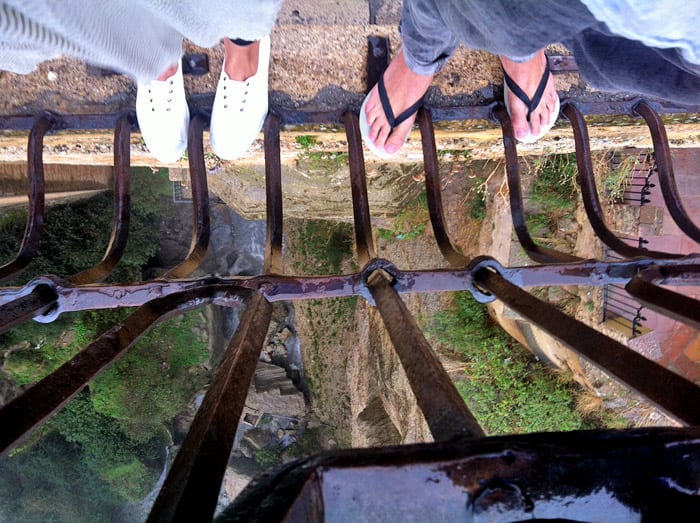

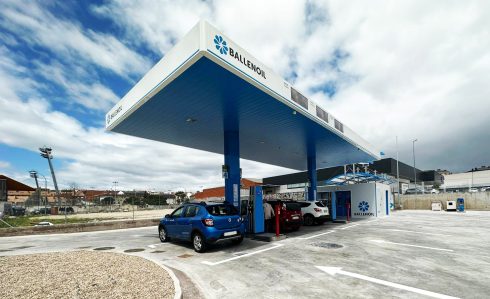

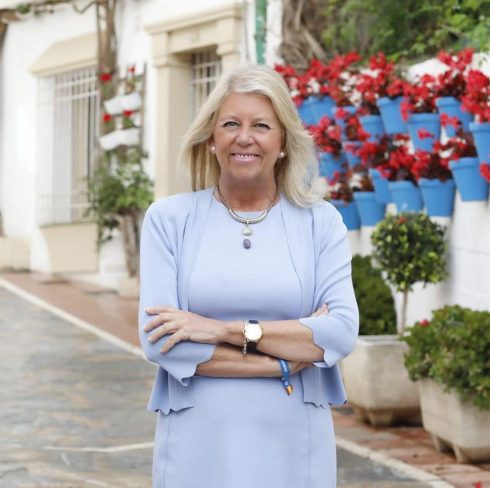
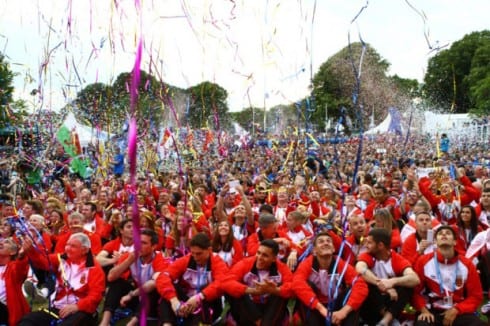

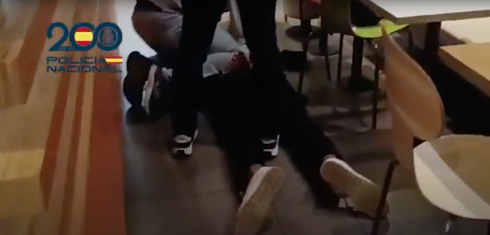
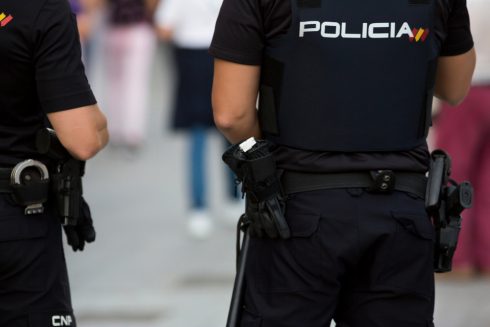


Thank you for this lovely piece Iona, I’ve really enjoyed your writing. It’s taken me away from my dark November Irish evening back to a lovely sunny Spring visit to Ronda a couple of years ago with my husband. Very informative too. Thank you.